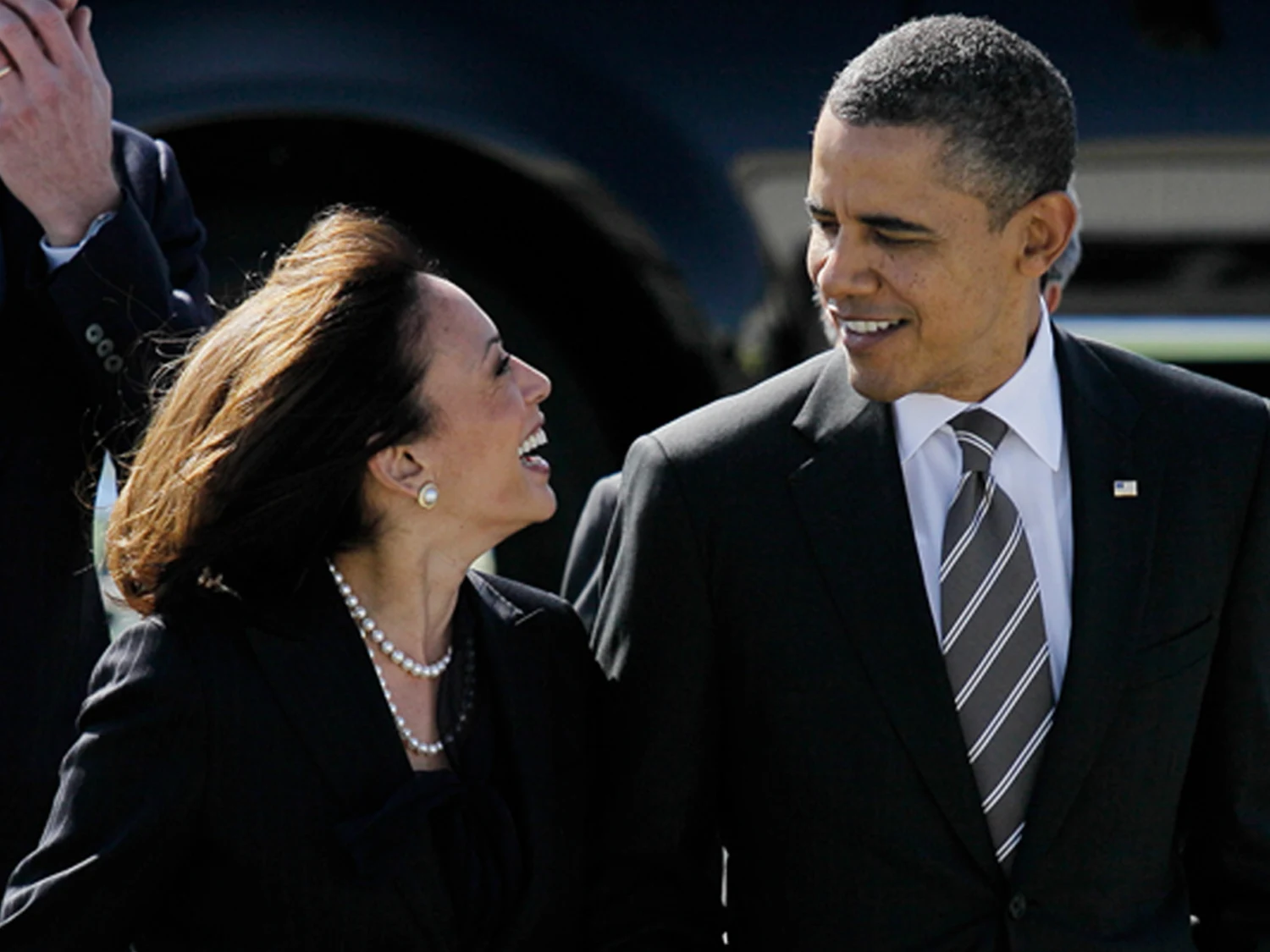With input from CNBC, NPR, and the New York Times.
Tariffs are the new line on America’s receipt, and retailers are figuring out how much of it to pass along. Everyone’s nudging tags higher this year, but Amazon has been the most aggressive of the big three — outpacing Walmart and Target across a bunch of everyday categories.
Fresh analysis from pricing tracker DataWeave shows Amazon’s online prices were up about 12.8% through late September. Target’s rose 5.5% over the same stretch, Walmart’s 5.3%. The steepest move came early: Amazon notched a 3.7% jump between January and February — before most of the spring tariff waves — likely a mix of post-holiday discounting fading and early cost resets. Target and Walmart ticked up less than 1% in that window.
Not all categories are moving in lockstep, but the pattern is clear. Apparel, home goods, pet supplies and consumables, health and beauty, and hardlines like electronics and appliances all climbed this year — and Amazon’s increases were consistently larger than its rivals’. There’s a simple structural reason: Amazon’s marketplace leans heavily on third-party sellers, and those vendors take the tariff hit directly. Without Walmart- or Target-sized scale, private-label leverage or inventory flexibility, many small sellers have one lever left — raise prices. As CommerceIQ’s Guru Hariharan puts it, marketplace merchants “often have no choice but to pass higher costs onto the shopper.”
Walmart and Target say they’re using a portfolio approach—holding the line where they can and taking selective increases where they must. Target touts frozen prices on staples like back-to-school basics; Walmart points to thousands of permanent cuts since February even as general merchandise costs drift higher. Amazon, for its part, disputes the notion that it’s leading price hikes, saying its own analysis of millions of popular items shows no outsized increases and that it still aims to meet or beat major rivals on price.
Consumers, so far, are still clicking “buy.” Amazon’s online store sales rose 10% in the third quarter, and revenue from third-party seller services — commissions, fulfillment, shipping and ads — climbed 12%. But the tariff math isn’t going away. The Federal Reserve estimates tariffs are adding roughly half to six-tenths of a percentage point to the core PCE inflation gauge. And with many retailers still working through pre-tariff inventory, more of the impact is likely to seep into holiday pricing and beyond.
Bottom line: tariffs are a tax by another name. Walmart and Target are spreading the pain. Amazon’s marketplace is feeling it most — and passing more of it on.










The latest news in your social feeds
Subscribe to our social media platforms to stay tuned